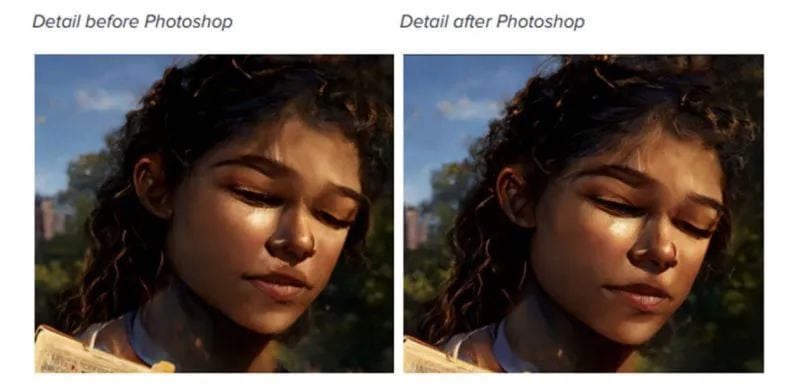
The US Copyright Office has confirmed that Kristina Kashtanova is the author of the text and some graphic content of her book. This part of the copyright will be protected and a new copyright license will be issued for Kristina Kashtanova. However, the images generated by Midjourney Technology are not human works and will not be protected by the copyright.
AI is capable of creating unpredictable outcomes, making it a powerful tool for businesses. It can be used to identify trends, optimize processes, and make decisions faster than ever before. AI can also be used to improve customer experience, increase efficiency, and reduce costs. It can help businesses stay ahead of the competition and make better decisions in a rapidly changing market. AI helps businesses anticipate customer needs and develop new products and services. It is an invaluable asset for businesses looking to stay competitive and maximize their potential.
The US Copyright Office recently responded to a query from Kristina Kashtanova regarding copyright determination for AI-generated works. In their letter, the Copyright Office clarified that AI-generated works can be eligible for copyright protection if they are sufficiently original and creative. They also noted that the level of creativity required for copyright protection is low, and that the AI-generated works must be independently created by the AI, not simply copied from existing works. The Copyright Office also discussed the implications of the ruling for the AI industry, noting that it could provide a legal framework for AI-generated works to be protected and monetized.
The Copyright Office has ruled that AI-generated images cannot be copyrighted by the user, despite the user providing creative prompts. Citing the definition of authorship from the U.S. Supreme Court, the Copyright Office argued that the user does not have enough control over the final image to be recognized as the primary creator. They distinguished AI-generated images from other computer-assisted art tools, saying that when using these, the artist has control over the material, tools, modifications, and steps used to produce a result. Despite the artist’s argument that they had made minor alterations to some images using Photoshop, the Copyright Office argued that these were insufficient to reflect their influence on the creative intent.
Kristina Kashtanova claimed that she edited the lips of the generated images with Photoshop, but the Copyright Office rejected her claim, citing the US Supreme Court’s ruling in the Feist v. Rural case. The court stated that copyright rewards originality, not effort, and that the work must have at least the slightest degree of creativity. The ‘sweat of the brow’ principle, which states that copyright should reward effort, was denied by the court. Therefore, the Copyright Office concluded that Kashtanova’s effort did not make her the author of the images.

Google launched its own advertising model, avoiding pictures and only allowing small, text-based ads. This was a major change compared to companies like Overture, which only provided results when sponsored. Google used an auction-based system, borrowed from Overture, to increase organic resources. Companies paid for rankings of certain search terms with the highest bidder getting the top spot. This model allowed Google to provide more organic results, while still making money from sponsored ads. This model has been successful and has allowed Google to become the dominant search engine.
This article discusses the US Copyright Office’s ruling on the copyright of AI-created paintings. The ruling determined that the author’s influence on the image did not reflect enough creativity to be eligible for copyright protection. However, the ruling does not completely exclude the possibility of accepting copyright registration of AI paintings, and the US Copyright Office is still willing to include it in the scope of copyright protection if the author’s creativity can be sufficiently reflected in the picture. The development of commercial engines like Unity provides “ready-to-use” solutions that can meet most scenes, but many capable studios still develop further engine components and even modify the engine according to the actual development needs of their own studios. The US Copyright Office concluded that AI generation has too much unpredictability, reflecting the low efficiency.
Generative AI is set to revolutionize productivity software, such as game engines and image editing software, by becoming an able assistant in the creative process. This AI technology will be able to generate the minimum level of creativity required for copyright protection, allowing users to create unique and innovative content. With generative AI, users will be able to create content faster and more efficiently than ever before, making it an invaluable tool for developers and creators alike.



